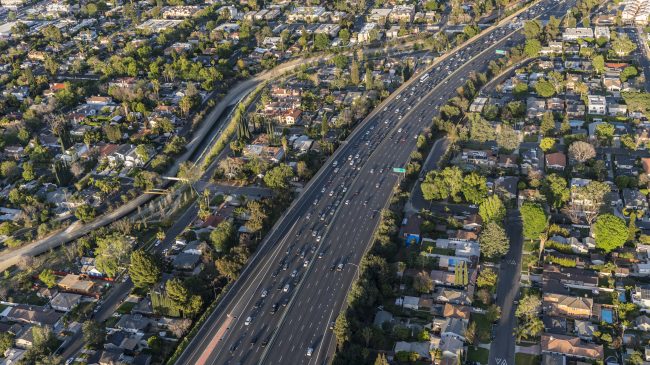On Tuesday, California voters will have the opportunity to vote on what becomes of their newly raised gas taxes and vehicle registration fees.
Proposition 69 requires that the California state legislature “(S)pend revenues from recently enacted fuel taxes and vehicle fees on transportation purposes (such as repairing roads and improving transit).”
A “yes” vote would ensure that gas taxes and vehicle fees are used exclusively for transportation purposes, while a “no” vote would allow the California legislature to use these taxes and fees for other purposes.
Last year, the state legislature increased the tax on gasoline by 12 cents and the tax on diesel by 20 cents, making California’s gas tax the second highest in the country (41.7 cents per gallon of gasoline and 36 cents per gallon of diesel). Although Pennsylvania remains the state with the highest gas tax, the 2017 increase was the largest gas tax increase in California’s history. Proponents of the increase argued that as the state with the largest population and the third largest geographical area, California should make transportation a top priority.
But that argument is flawed because the California Department of Transportation (CalTrans) has fewer responsibilities than most state departments of transportations (DOTs). Despite its large population and geographic area, California has only the 15th largest state roadway network in the country. Most of the power in California is with the county transportation organizations such as L.A. Metro. These county entities use a dedicated sales tax to build roadway and transit projects. Given that Caltrans is responsible for a relatively small share of roadways, does it need such a high gas tax?
Regardless, the legislature did more than just raise the gas tax, it also enacted Gov. Jerry Brown’s proposal to increase vehicle registration fees. Coupled with an early repayment of certain transportation loans, these measures were proposed as a way to increase transportation revenue. In his 2017-2018 proposed budget, Gov. Brown recommended depositing all vehicle registration fee revenue and most of the other transportation revenue into a new transportation account, the Road Maintenance and Rehabilitation Account (RMRA). After some off-the-top allocations (corridor mobility, local partnerships, etc.), 60 percent of the transportation revenue in RMRA would go to the State Highway Operation and Protection Program (SHOPP) and overall highway maintenance with the remaining 40 percent going to local streets and roads.
“This is a fee, a fee for the privilege of driving on our roads that the people pay for,” said Gov. Brown. “And we’ve got to keep paying for them, otherwise, they’re not going to work for us. It’s just that simple.”
But it’s not always that simple. History has shown that increased transportation revenue does not necessarily lead to increased transportation spending. In 2004, then-California Gov. Arnold Schwarzenegger diverted $1.1 billion of gas tax revenue to the general fund to compensate for his administration’s spending in other non-transportation-related areas.
If the new transportation revenue is to make a difference, it needs to go where it is most needed. And California’s infrastructure is in need of repair. Reason Foundation’s 23rd Annual Highway Report placed California 42nd out of 50 in its overall highway ranking for performance and cost-effectiveness. For the last few years, Inrix, a company that publishes annual world traffic rankings, has ranked traffic congestion in the Los Angeles and San Francisco metropolitan areas as some of the worst in the world.
Proposition 69 has the potential to help hold the California state government accountable for the way it spends transportation funds. Money raised for roads and highways should be used to maintain and upgrade roads and highways.

